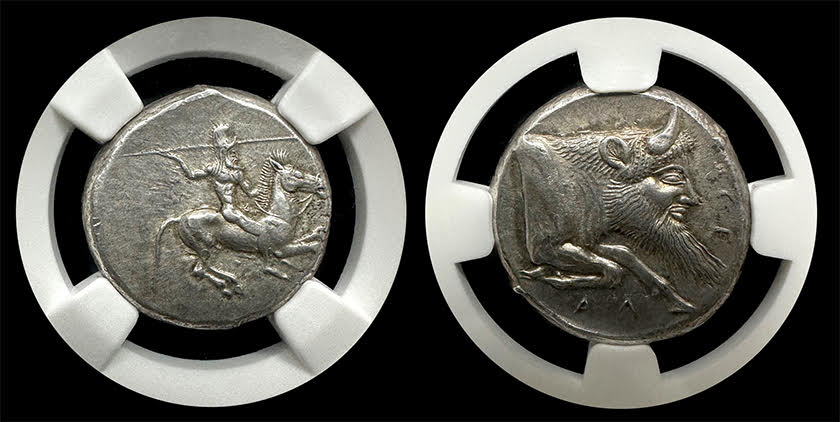
Located on the southern coast of Sicily, Gela was once one of the most important and powerful Greek colonies. Gela, the center of commerce in the ancient world, was established in the 8th century BC. Additionally, Gela was founded by settlers from Rhodes and Crete. Firstly, it quickly became a center of commerce, trade, and culture because of its strategic location. Secondly, Gela's fertile land and access to the sea made it an ideal location for the establishment of a thriving city.
Gela was also known for its impressive architecture, including its acropolis, temples, and public buildings. The city's most famous landmark was the Temple of Athena. In fact, it was considered one of the most beautiful temples in the ancient world. Gela's acropolis was also an impressive feat of engineering, consisting of massive walls and towers that protected the city from invasion.
As a center of commerce, Gela was home to a thriving market economy, with merchants from all over the Mediterranean coming to buy and sell goods. The city's port was a hub for trade, and Gela's ships were among the most advanced of their time. Gela's economy was based on agriculture, with the city's fertile land producing an abundance of crops such as wheat, olives, and grapes.
Gela's political power was also impressive, with the city-state establishing itself as a major player in the ancient world. Plus, its military might was a force to be reckoned with. To clarify, the city was involved in several important battles and conflicts throughout its history. Gela was also a cultural center, with philosophers, artists, and writers flocking to the city to take part in its thriving intellectual community.
Political Instability and Social Unrest
Despite its many achievements, Gela was not immune to political instability and social unrest. In the 5th century BCE, the city was rocked by a series of political upheavals and power struggles. Meanwhile, different factions vied for control of the government. These tensions were often fueled by external forces, such as the rival cities of Syracuse and Akragas. In other words, they sought to exert their influence over Gela.
By the same token, the city's reliance on agriculture and trade made it vulnerable to economic shocks and disruptions. As a result, the disruptions triggered social unrest and political turmoil. These factors ultimately contributed to Gela's decline in the 4th century BCE. Subsequently, the city struggled to maintain its political and economic stability in the face of internal and external pressures. Nonetheless, the legacy of Gela as a center of commerce and the cultural exchange continues to inspire scholars and visitors alike. Undoubtedly, because they seek to uncover the secrets of this remarkable ancient city.
Also known for its Coinage...
In addition to its impressive architecture, thriving economy, and military might, Gela was also known for its coinage. One of the most famous coins from Gela was the silver didrachm. It featured a rider on horseback with a spear on the obverse and a bull with a man's face on the reverse. This coin was considered one of the most beautiful and valuable coins in the ancient world. Above all, it featured intricate designs that showcased the city's rich artistic heritage.
Gela's silver didrachms were widely used in trade and commerce throughout the Mediterranean. In particular, it cemented the city's status as a center of economic activity. Today, these coins are highly prized by collectors, providing a fascinating glimpse into Gela's cultural and economic history.
Gela, the Center of Commerce, Conclusion
In conclusion, Gela, the center of commerce, was one of the most important and powerful Greek colonies. History has documented that Gela had a thriving economy mainly because of its strategic location. That is to say, it was a perfect center of trade and commerce in the ancient world. Its impressive architecture, military might, and rich cultural heritage continue to fascinate scholars and visitors alike. Furthermore, Gela's silver didrachms, with their intricate designs and craftsmanship, were widely used in trade and commerce throughout the Mediterranean. Likewise, it highlighted the city's importance as an economic center.
Today, Gela's legacy lives on through its impressive ancient world ruins. Most importantly, it will always be remembered for its enduring influence on art, culture, and commerce. Certainly, coin collectors will also remember Gela for its beautiful memorable coinage.
